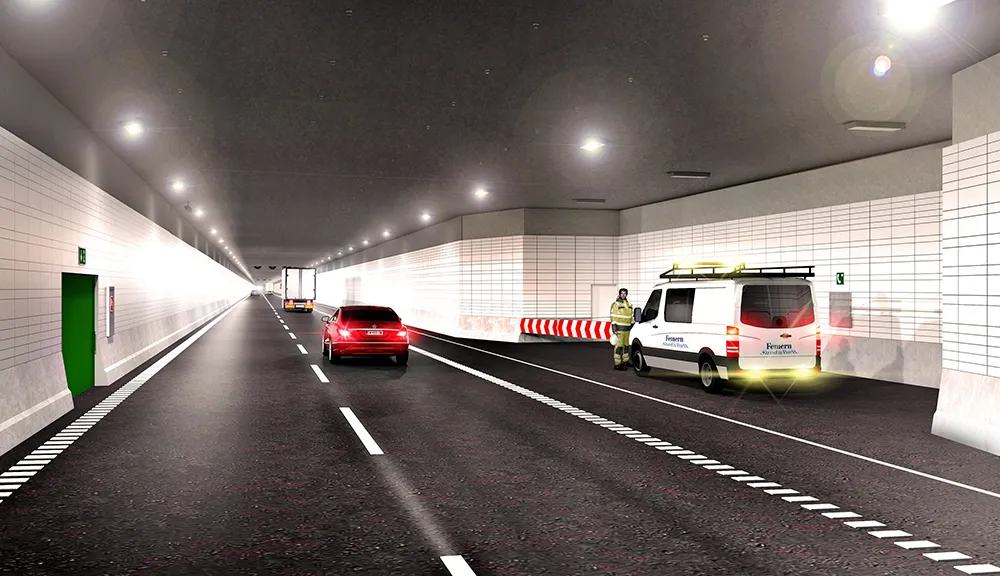The idea of average speed enforcement, or section control, in Germany has long been discussed by German authorities following its recommendation in 2009 by the 47th German Traffic Court Day.
Interior Minister Boris Pistorius has announced a section control pilot project which is scheduled to be operational in Lower Saxony in spring 2015.
Instead measuring speed in the conventional at a single point, section control measures average speed over a longer stretch of road. This method usually results in lower, more uniform speeds and a harmonisation of the traffic flow which significantly improves traffic safety.
The pilot will use
Said Pistorius, "Until now we had only technology available that allowed for selective monitoring of speed."
Dietmar Schwalm, sales manager GATSO Germany: “Section control enforcement leads to compliance with the speed limit in the entire danger zone. We hope to establish this effective measuring principle on the German market with the pilot project. It is an excellent addition to our combined red light and speed enforcement system to improve road safety at intersections."
Gatso to participate in German average speed pilot
The idea of average speed enforcement, or section control, in Germany has long been discussed by German authorities following its recommendation in 2009 by the 47th German Traffic Court Day.
Interior Minister Boris Pistorius has announced a section control pilot project which is scheduled to be operational in Lower Saxony in spring 2015.
Instead measuring speed in the conventional at a single point, section control measures average speed over a longer stretch of road. This method usually results in l
September 11, 2014
Read time: 2 mins









